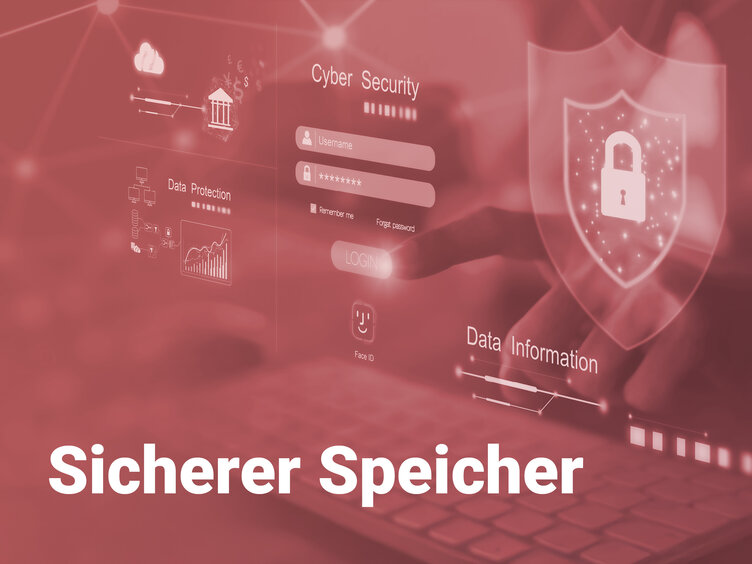Secure storage in the context of software protection and license management systems
Secure storage refers to technological solutions for the cryptographic protection of software code, license keys, and sensitive data. These systems use hardware-based encryption, secure elements, or cloud infrastructures to prevent unauthorized access, manipulation, or reverse engineering.
Significance in software protection
Secure storage forms the backbone of modern protection mechanisms against pirated copies, license fraud, and industrial espionage. It enables:
- Integrity protection through digital signatures
- Transparent decryption at runtime (e.g., via decode-on-the-fly)
- Hardware-isolated key storage in dongles or TPM chips
The goal is to create a tamper-proof environment that only interacts with authorized licenses.
Core elements
| Component | Function | Example |
| Encryption engine | Real-time encoding of software code | AES-256, RSA |
| Secure Element | Physically protected key storage | Tokey by Marx |
| Access control | RBAC systems for license assignments | Cloud IAM solutions |
| Audit logs | Traceability of accesses | Blockchain-based protocols |
Influencing factors
- Compliance requirements: GDPR, ISO 27001, or industry-specific regulations (e.g., Medical Device Regulation)
- Attack vectors: Ransomware, side-channel attacks, or physical reading of memory chips
- Technology trends: Increase in edge computing devices and quantum-resistant encryption
Benefits for companies
- Cost reduction: Reduction of revenue losses due to piracy (BSA study 2025: 37% illegal software use)
- Compliance security: Automated compliance with license agreements and updates
- Scalability: Cloud-based licensing solutions for global teams
Practical example 2025: Renesas RA8x1 microcontroller
The RA8x1 series implements “Decode-on-the-Fly” (DOTF) – real-time decryption that only decodes code when it is executed in RAM. Keys are stored in a separate Secure Storage Module (SSM) that is physically hardened against side-channel attacks.
Future prospects (2025+)
- AI-supported anomaly detection in license usage patterns
- Homomorphic encryption for cloud-based secure storage solutions
- Standardization of post-quantum cryptography in dongles (NIST recommendations from Q3/2025)
Conclusion
Secure storage is not an optional add-on, but a strategic competitive factor for software providers. With the shift toward SaaS and IoT models, the requirements for end-to-end encryption are increasing – from source code to license logic. Companies that invest in this area in 2025 will secure technological and legal sovereignty.
Author:
Steffen Kätsch
Senior Support Engineer / Consultant License Management
Education: FH Jena
Expertise: License Management Software Licensing Software Protection IT Compliance Digital Rights Management
